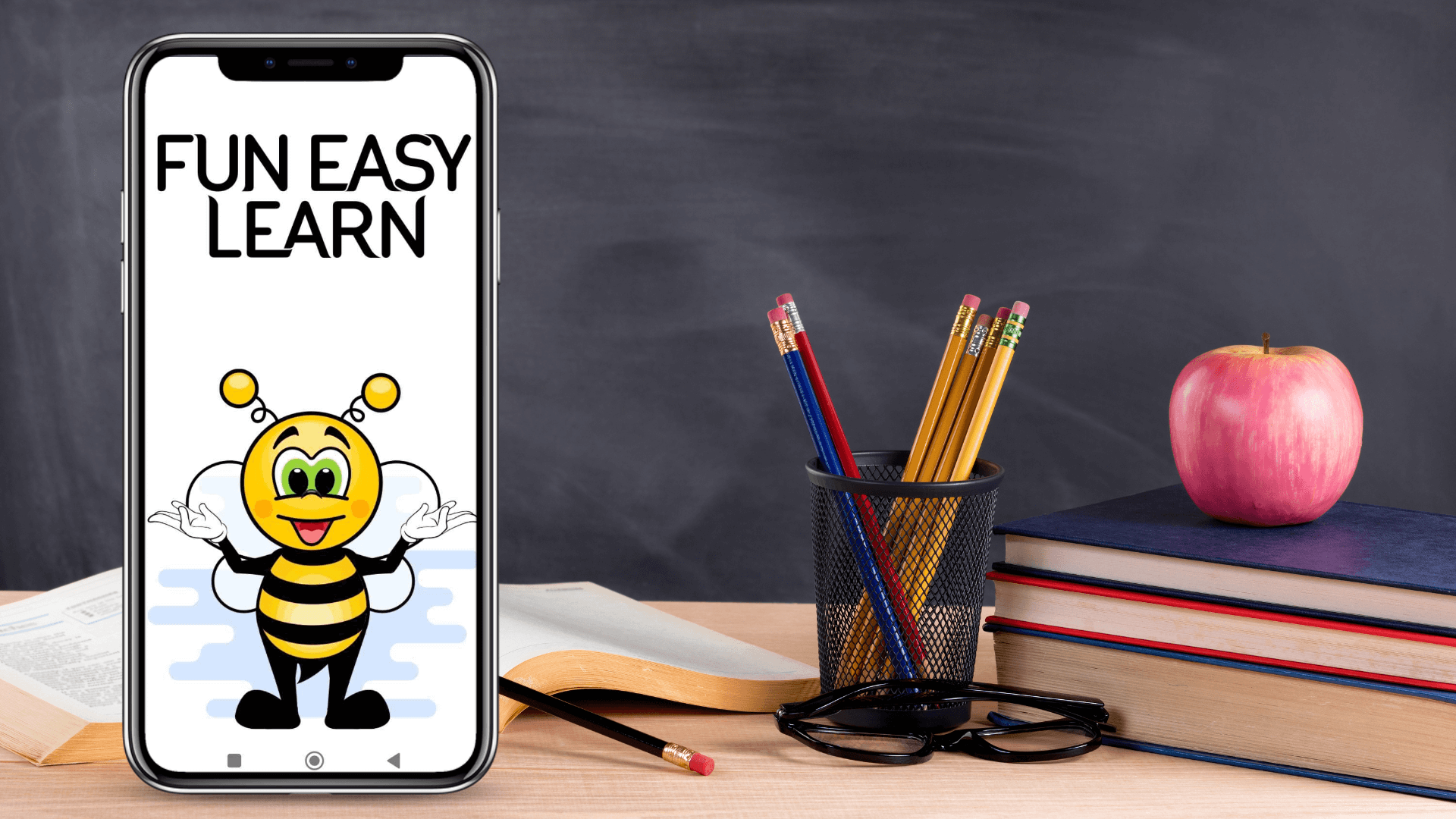The back-to-school season is in full swing, and language teachers worldwide are busy preparing for a new school year. From designing better lesson plans to stocking up on new school supplies, educators strive to increase their performance and respond to learners' needs. In the haste of doing everything perfectly, it's easy to lose focus or overlook something important. The tips below are meant to remind you that small steps set the right tone for a successful academic year. Applicable to teachers of any language, the items can be used selectively or as a checklist for back-to-school success.
#1 Hone Your Professional Skills
Preparing for a new school year is the perfect time to check what's new in language learning. Dedicate time to professional development activities. There are plenty of options, from connecting with fellow ESL teachers in a webinar, attending a seminar, reading a few papers on methodology, to picking a professional journal.
The best part is that the time investment doesn't have to feel like a tough semester in college. A few one-hour webinars are easy to integrate into your daily routine without being exhausting. Teacher forums and podcasts are also excellent to check what's new when you have a few spare minutes or a long drive.
Joining online communities on subjects other than language teaching can enrich your expertise. Since language learning also involves socio-cultural understanding of the target language, you can benefit from online communities of math and history teachers. You can uncover general teaching tips and take notes on teaching the numbers and history facts. Just a few details inspired by fellow instructors teaching different subjects can add a lot of value to your language classes.
Even refreshing the basics gets teachers a long way. Reviewing helps gear you up for lesson planning and having more effective classes. Every time you go over the ropes, you see them through the lens of your experience. As a result, you may view concepts from a new angle, combine different approaches, and find unexpected answers to teaching-related questions.
#2 Create a Quick-Fire Activity Folder

If you haven't already, create your custom go-to activity folder. Ideally, each activity should only need brief instructions and an example, all on one page. These versatile activities can be organized and color-coded by time, grade, variations, whether they require cards or props, whether they can be played with the whole class or in groups, etc. Some examples of activities are vocabulary matching games, quick translations, alphabet games in the target language, sentence or story building prompts, and more. Your quick-fire activity folder can help you out in a vast number of situations. Some examples include:
- Break the ice at the beginning of a class.
- Fill out a few minutes you have left at the end of a class.
- Practice thematic holiday vocabulary or learn phrases for a special event.
- Energize students when they're tired or passive.
- Transition to a new topic.
Being prepared with an entire folder of fun activities reduces preparation stress. Use your folder to prepare for lessons or engage all students. Expect productive use of class time, and keep adding activities to your folder.
#3 Teach Your Students to Use AI Responsibly
Whether we like it or not, 86% of students use Artificial Intelligence (AI) extensively when doing homework. Instead of fighting the trend, many teachers choose to integrate the time-saving resource into their foreign language curriculum.
The key here is to teach responsibility. Introducing the topic can make for a great debate subject, where more advanced students present their arguments for and against the use of AI in education. You can also assign a group project to create a text in the target language using AI, then have them present the result and the process. Check it together in class with an AI-detector and start round 2, in which students humanize the text by paraphrasing. A few creative exercises for AI text generators include the following:
- Use ChatGPT to identify 5 mistakes in the following text and correct them with the assistance of AI.
- Generate a 5-line dialogue in a specific scenario via a role play with ChatGPT.
- Act like GPT, write a short text that will be flagged as AI-generated by detectors.
*Require your students to submit the links to their AI conversations for monitoring.
Teaching digital literacy in the context of using a foreign language can equip your students with a set of practical skills and train their problem-solving skills in a foreign language.
#4 Prepare Extra Activities for Fast Learners
Language classrooms are typically made up of students with different linguistic competencies. Some students may struggle with certain topics, while others become disengaged. That's where worksheets with extra activities come in handy. Having a set of extra tasks reduces classroom management issues and keeps all students busy.
For a French class, prepare a short article on the Cannes Festival, with a few follow-up questions. Fast learners can thus continue to improve their linguistic skills, while the others work at their own pace. Ideally, the extra activities would be on the same topic you are currently teaching. Some teachers assign grammar exercises as extra practice or let their students choose their extra activity from a stack of ready-made handouts.
Speak a new language with confidence!
Build fluency faster with FunEasyLearn — just 10 minutes a day is enough to make real progress.
#5 Invite the Target Culture into Your Classroom
While the textbooks for foreign languages are getting better every year, nothing beats raw native content. Think of what your students would see if they visit the target country, what events they would attend, what ads they'd see on TV, and more. Integrating socio-cultural nuances into the language classroom is essential to bridging the gap between textbooks and the real world.
Some teachers have casual Fridays with jokes and memes in the target language. Others create Gallery Walks in the classroom with monuments and landscapes from the target country. Students go from one image to another, read the information, and then take a quiz on the information.
You can discuss popular stereotypes or play a guessing game featuring influencers and actors from the target culture. Music is also a powerful tool, helping students better understand a foreign language and culture. Most countries have unique festivals and events worth mentioning, ads worth watching, and cool people to follow. All these engaging materials immerse students in the target language, sparking their curiosity. One of the best things you can teach during a language class is understanding humor in a non-native language. A few phrases of clean slang can also come in handy.
#6 Prioritize Your Wellbeing
A shortage of teachers is recorded worldwide, proving that teaching is one of the most challenging jobs. In fact, educators are more likely to leave their jobs than other professionals. UNESCO has devised a plan to address the teacher shortage on a global scale. What can you do, as an educator, to handle the insane workload, anxiety, depression, and burnout? The secret lies in establishing a healthy work-life balance.
- Practice self-care. The best way to handle burnout is to prevent it. Maintain control over sleep, nutrition, and exercise.
- Set boundaries. Politely communicate with the school administration when your workload is more than you can handle. Set realistic expectations for yourself and your students.
- Automate part of your work. With the increasing role of AI in education, you can definitely find a few daunting tasks to automate.
- Take time off. Leisure activities in the evenings and the weekends should help you recharge your batteries. Taking time to relax also positively impacts productivity at work.
- Reach out for help. If at any point you find it hard to cope with your job, seek support from the school administration, fellow teachers, or a counselor. You don't have to deal with everything on your own.
Communicate with your students about wellbeing in general and share a few helpful tips with them as well. School can be challenging for youngsters as well. You can discuss effective stress management, thus equipping the young people with practical tips for their future academic and workplace challenges.
#7 Power Up Language Learning with FunEasyLearn

FunEasyLearn is an award-winning language-learning app trusted by millions of learners globally. It offers an impressive range of 34 courses in 62 native languages. Recognized as one of the best vocabulary builders on the market, the content is based on the lexical approach to language learning. As a teacher, you can unlock students' access to bite-sized lessons, gamification, and robust features developed by ed-tech professionals. Create an engaging learning experience, investing your time in what only a language teacher can do.
FunEasyLearn for schools transforms language teaching by equipping educators with tools to save time, engage students, and personalize learning. Below are five ways the app can assist language teachers.
1) Free up valuable time.
Teaching can be overwhelming, especially when you have more students than you can reasonably handle. With FunEasyLearn, learners can master a foreign language on their phones or tablets and get instant feedback on their activities. You don't have to manually grade exercises, and you can monitor each child's progress in an admin dashboard.
2) Spice up teaching vocabulary.
Use FunEasyLearn in the classroom. It can serve as a pop quiz, a vocabulary guessing game, or a game of Taboo during class. The app can be easily integrated into a language class in a wide variety of icebreakers and vocabulary games.
3) Blend learning and technology.
It's no secret that school children spend a lot of time on their devices. Introducing them to FunEasyLearn can transform the time spent on their phones or tablets. As a bonus, learners develop the habit of learning by practicing regularly.
4) Adjust content for younger learners.
FunEasyLearn features a Child Mode, which filters content so that it's appropriate for children under 13. The app can motivate young learners to master a language, setting them up for better academic and career opportunities in the future.
5) Personalize learning.
The beauty of FunEasyLearn is that it seamlessly adjusts to the needs of each learner. A student can listen to a word or phrase as many times as needed and repeat the vocabulary they struggle with. Fast learners can explore more topics on their own. That eliminates the need for paper-based exercises.
Are you ready to ace the new school year?











